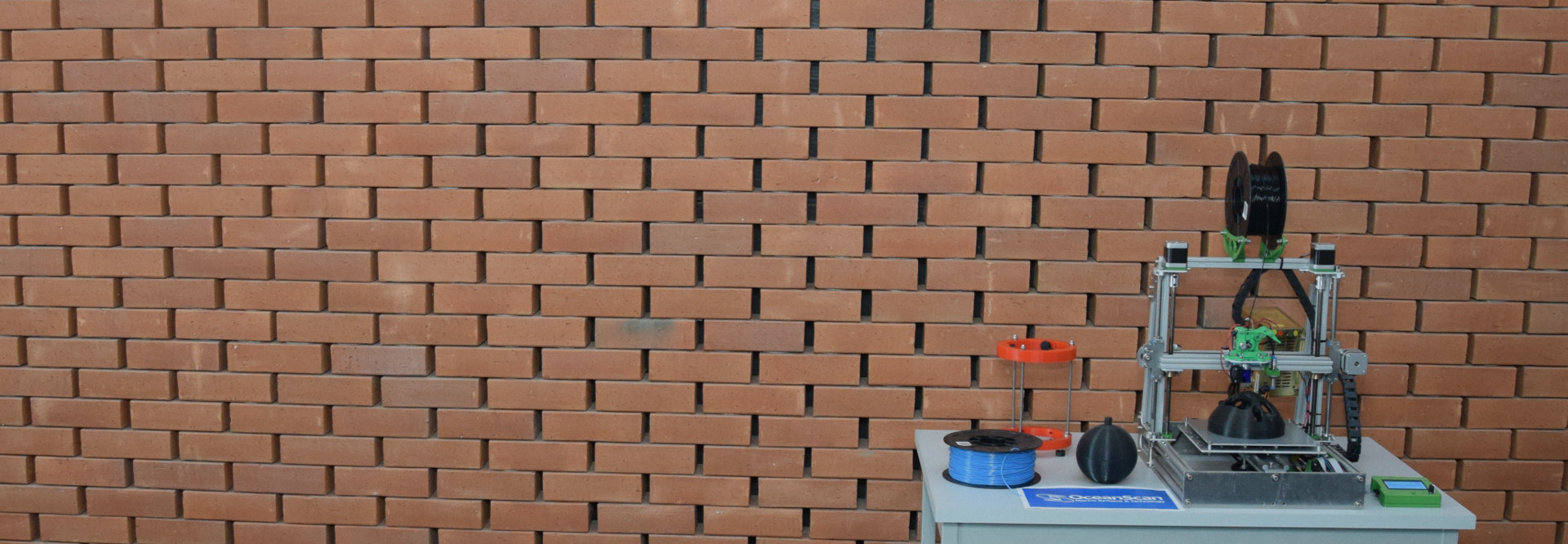
R&D Projects Copy
Research & Development
MELOA
MELOA offers a solution to extend and improve the current in situ ocean observing and monitoring systems, in the form of WAVY drifter’s devices. The low-cost, sturdy and multi-purpose surface drifters are a new generation of sustainable platforms, easy to embed in different types of marine observation systems.
Running from December 2017 to February 2021, MELOA (Multi-purpose/Multi-sensor Extra Light Oceanography Apparatus) is a H2020 project that is developing an innovative family of products, WAVY drifter units, allowing for a low-cost, easily deployable, high versatility, and low maintenance system for in-situ measurements for marine environments.
Focused on covering marine observation gaps, the WAVYs will increase the availability of in-situ data for coastal and open ocean zones. The MELOA project is developing the first prototypes for the different WAVY units configurations, and engaging with the marine community to test them in different marine environments, collecting and making available the data from the test campaigns and building, on top of this data, the first products and services to showcase the usefulness of the WAVY data.
MELOA Consortium is composed by 10 European entities working in close collaboration with the marine communities to develop solutions that will enable to tackle some societal challenges, namely those related in situ data collection for marine monitoring.
December 2017 > December 2020
OCEANTECH
The OceanTech R&D project is presented as a joint strategic research and development programme, whose main goals include the development of new scientific knowledge, which will allow the advancement, production and delivery of new products, processes and services for deep ocean exploration, which are to be released in the global market.
From this project, eleven new products validated in operational conditions will be produced, which together will make possible the onset of a new service based on the complete integration of marine operations and its control from the shore offering a renewed visibility over them, providing and commercializing information relevant to the Scientific, Industrial and Public end-users.
OceanScan is the leader of two PPSs that aim at developing two products:
- PPS1 – AUV Torpedo: A new generation of modular autonomous underwater vehicles (AUVs) with collaborative operational capabilities. This new generation of AUV torpedo-type vehicles will have a longer battery life to be able to respond to the challenges of subsea exploration in wider distances as well as being capable of operating at greater depths.
- PPS2 – Seafloor Landers: A low cost modular system of landers, fully configurable to harvest seafloor sensor data and support subsea operations. This new generation of data-acquisition fixed platforms will have the capability to be used to up to 3000 metres depth, being developed by making use of new production processes, new materials and optimizing its structure, communication systems and payload management.

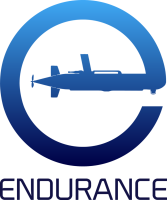
April 2017 > September 2019
ENDURANCE
The ENDURANCE project is lead by OceanScan in co-promotion with the Laboratório de Sistemas e Tecnologia Subaquática (LSTS-FEUP) from Porto University.
The project’s main goal is to develop a new and innovative system based on a new generation of AUVs for oceanographic observations over longer periods of time.
OceanScan’s flagship product is the LAUV (Light Autonomous Underwater Vehicle), a platform with the capability to operate autonomously underwater, integrating various sensors and sonars. When configured with the appropriate sensors, the LAUV is a very versatile, efficient and economical tool. The autonomous vehicle can be used for many applications such as oceanographic research, hydrographic surveys, impact assessment of waste water discharges, search and detection of objects and underwater structures, among many others.
Currently, the LAUV has an endurance of up to 24 hours which is practical for bottom mapping applications but not for long-time adaptive surveys. Aiming o extend the range of applications within the reach of this tool, and taking into account today environmental issues, the ENDURANCE project will adapt current-day technology to develop a new and innovative system for oceanographic observations over longer periods of time.
April 2017 > March 2019
“QUALIFICAÇÃO” Project
Since April 1st, 2017 OceanScan is carrying an SME qualification project that aims at strengthening the entrepreneurship capabilities of the company through organizational innovation, applying new organizational methods and processes, and using immaterial investments in the area of competitiveness.
Since April 1st, 2017 OceanScan is carrying an SME qualification project that aims at strengthening the entrepreneurship capabilities of the company through organizational innovation, applying new organizational methods and processes, and using immaterial investments in the area of competitiveness.
Among others, the main objectives of the project are focused on the implementation of a quality management system, the strengthening of the laboratory capacities and the increase of the efficiency of its employees.

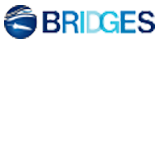
March 2015 > February 2019
BRIDGES
BRIDGES project (Bringing together Research and Industry for the Development of Glider Environmental Services) will provide the necessary tool for further understanding of the marine environment, assuring responsable exploitation and long-term preservation. This new ocean glider will support autonomous, long-term in-situ exploration of the deep ocean at large spatio-temporal scales.
The sole European underwater glider, SeaExplorer, will be modularized, new sensors will be developed, and the operational methodology will be modified. The system will be improved by (1) adapting it for a depth rate up to 5000 meters, (2) implementing a novel payload architecture to increase autonomy and to accommodate the range of sensing capabilities needed, and (3) integrating the associated control support system for single and networked operations (mission behaviour, data management, planning, communications). The sensing capabilities will be enhanced and three main sensing modules will be available: (1) for environmental monitoring facilitating the effective implementation of an ecosystem based management under the Marine Strategy Framework Directive, (2) for the oil and gas industry, and (3) for the deep sea mining industry.
The basic premises of the present call “Delivering subsea technologies for new services at sea-BG-06-2014,” are answered thoroughly: the ability to execute unmanned underwater operations, to operate in the deep ocean, and to assess the environmental impact of the maritime economy. In addition, this project will realize and promote the creation of collaborations among sensor and platform manufacturers, oil and gas and mining companies, public health and safety departments, and scientific and engineering experts.
OceanScan-MST will be deeply involved in the development and implementation tasks for the Payload Management system of the glider. Please find more info about the project at http://www.bridges-h2020.eu/
January 2015 > December 2018
RAWFIE
Road-, Air-, and Water- based Future Internet Experimentation is a project funded by the European Commission (H2020) under the FIRE+ initiative that aims to provide research and experimentation facilities for mobile Internet of Things (IoT) devices. The project introduces a unique, mixed experimentation platform across the space and technology dimensions by integrating numerous testbeds for experimentation in vehicular, aerial and maritime environments. RAWFIE is a great opportunity for experimenters to remotely perform experiments on different robotics devices (i.e. UAV, UGV and USV) for assessing the performance networking, sensing and mobile/autonomic domains.
RAWFIE brings together thirteen partner organizations from eight EU countries and organizes two open calls to attract further partners into the consortium, such as: researchers from academia and industry, testbed operators and unmanned vehicles manufacturers.
OceanScan-MST main focus is the manufacture and development of Autonomous Underwater Vehicles and will provide to the project the required team experience and expertise to ensure that the RAWFIE developments (mainly those related with underwater/surface technical challenges) are possible to run on a real world scenarios. Furthermore, OceanScan-MST will disseminate and leverage exploitation of the project results through the participation in exhibitions and fairs related underwater robotics. If you whant to get further information about this project, check the project website at http://www.rawfie.eu/
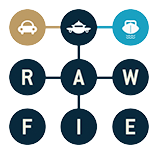
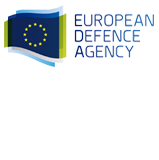
January 2013 > January 2017
NECSAVE
This project aims to develop, test and evaluate tools and technologies to provide groups (swarms) of heterogeneous unmanned maritime vehicles of Network Enabled Capability (NEC). In this concept, vehicles and operators come and go and interact through inter-operated communication networks, and possibly intermittent, in scenarios where synergies are established that allow the group to do more than the sum of its parts. The project addresses these challenges through a multi-disciplinary approach that relies on advances in:
- Dynamic networks of computer components;
- Design of control architectures for distributed semi-autonomous agents teams;
- Involvement of specialized human operators in the rings of planning and control;
- Fault tolerance;
- Communication networks tolerant connectivity interruptions. It is the project coordinator.
This is an European Defense Agency research & technology project in the field of Unmanned Maritime Systems (UMS) led by the Faculty of Engineering from Porto University and involve partners from Portugal, Spain, Belgium, Italy and Netherlands, namely: Faculdade de Engenharia da Universidade do Porto, APDL – Administração dos Portos do Douro, Leixões e Viana do Castelo, SA; the Portuguese Navy; OceanScan – Marine Systems and Technology, Lda.; Calzoni S.R.L.; Complutense University of Madrid; Royal Military Academy of Belgium and TNO – Netherlands Organisation for Applied Scientific Research. Please find more info about EDA UMS projects at http://www.eda.europa.eu/
April 2010 > March 2015
NOPTILUS
NOPTILUS main objective is to determine – fully-autonomously & in real-time – the AUVs’ trajectories/behavior that maximizes the situation awareness under severe communication, sensing & environmental limitations.
Current multi-AUV systems are far from being capable of fully autonomously taking over real-life complex situation-awareness operations. As such operations require advanced reasoning and decision-making abilities the current designs have to heavily rely on human operators. The involvement of humans, however, is by no means a guarantee of performance; humans can easily be overwhelmed by the information overload, fatigue can act detrimentally to their performance, properly coordinating vehicles actions is hard, and continuous operation is all but impossible. Within NOPTILUS we take the view that an effective fully-autonomous multi-AUV concept/system, is capable of overcoming these shortcomings, by replacing human-operated operations by a fully autonomous one.
To successfully attain this objective, significant advances are required, involving cooperative & cognitive-based communications and sonars (low level), Gaussian Process-based estimation as well as perceptual sensory-motor and learning motion control (medium level), and learning/cognitive-based situation understanding and motion strategies (high level). Of paramount importance is the integration of all these advances and the demonstration of the NOPTILUS system in a realistic environment at the Port of Leixões, utilizing a Team of AUVs that will be operating continuously on a 24hours/7days-a-week basis. As part of this demonstration another important aspect of the NOPTILUS system – that of (near-) optimality – will be shown. Evaluation of the performance of the overall NOPTILUS system will be performed with emphasis on its robustness, dependability, adaptability and flexibility especially when it deals with completely unknown underwater environments and situations “never taught before” and its ability to provide arbitrarily-close-to-the-optimal performance.
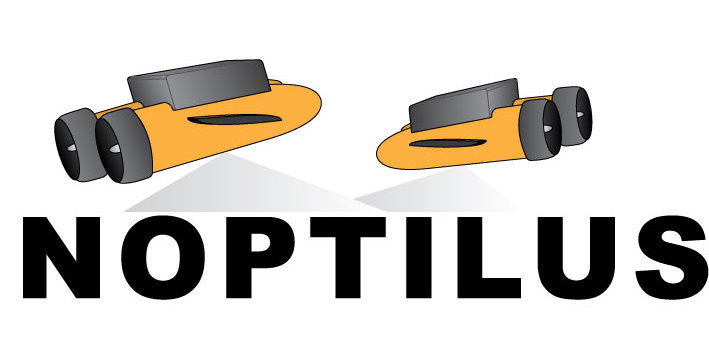
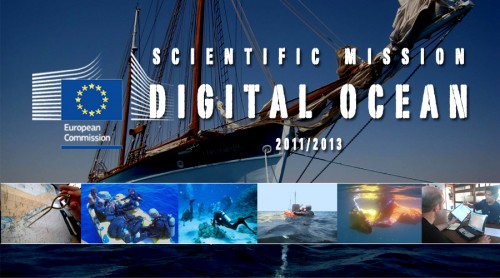
January 2010 > December 2012
DIGITAL OCEAN
The visionary objective of Digital Ocean is to “open to people connected to the internet, an access to ocean depths, at anytime, anywhere.”
Integrated multimedia mixed reality system, of real time virtual diving, by web tele-operated underwater data collecting robots, diffused online and through a network of submersible simulation devices.
Discovery of ocean depths concerns every one of us. Recent developments of new technologies, of underwater robotic and of GPS are changing dramatically the way people perceive oceans, not anymore from their surfaces, but through their depths, not in immersion but on-line, not deferred but in real time. This is the objective of Digital Ocean. New technologies are now capable of challenging traditional scuba diving by creating an innovative form of diving, based on science and technology, not on bravery – virtual diving in real time. Navigating freely in the oceanic realm, a dream rooted on man’s origins, is now accessible to all. Smart autonomous robots are used to collect underwater digital data that generate sceneries of undersea in 3D interactive imagery. Then, these preprocessed background productions are merged, through mixed reality, with real time 2D videos taken by other distant underwater remote controlled robots teleoperated via the internet, and diffused on-line. As a result, through the web, anyone, anywhere, at any moment – with minimal costs and no risks, will be able to dive virtually in real time, in the most remarkable and secluded sites around the world, unconcerned by sea depths, and get an unmatched quality of images, discover a variety of details, experience the feelings of diving without its constraints and, above all, keeping undisturbed the environment Thus, virtual divers alone or in groups, will be able in few days to discover more than a real diver during all his lifetime. To further enhance virtual diving experience, are integrated in the system a serious video game, a wiki-editing and e-learning platforms, linked with marine specialists. Divers themselves will build their immersed world, keeping virtual sites mirroring real sites, continuously updated and improving in realism. With Digital Ocean, the discovery of the other two thirds of our planet’s immersed territories will become eventually and irreversibly reachable.
Check more info about this project at http://www.virtualdive.com/
May 2008 > May 2011
CON4COORD (C4C)
The project aims at developing control for coordination of distributed systems for five case studies and in regard to control theory, communication networks, and computation.
The case studies are: coordination of under water vehicles, coordination of aerial vehicles, coordination of automated guided vehicles, coordination of a distributed complex machine, and design of a hierarchical control and command system for a motorway network.
OceanScan-MST contribution: develop and make available underwater vehicles capable to test the developed control distributed systems. Read more about the project results in this book.
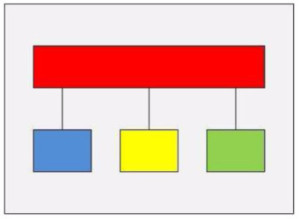
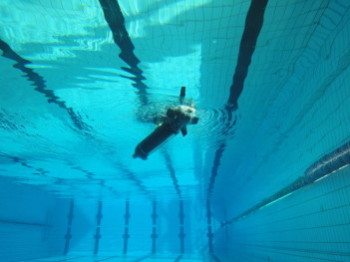
January 2009 > December 2010
XTREME
Since its foundation, OceanScan – Marine Systems & Technology has focused on marketing a new and revolutionary technology for underwater data collection – the LAUV (Light Autonomous Underwater Vehicles). These vehicles may be seen as platforms capable of navigation in underwater environment. They can incorporate various types of sensors and sonars with multiple applications on the wide spectrum of underwater sciences. The term “Light” is related with its key features: reduced weight and size, ease of operation and low equipment cost, thus providing a simple and economical tool for the study and monitoring of water resources.
OceanScan contribution: With the support of the QREN incentives, using the Xtreme project, OceanScan is now preparing a new series of vehicles with significant improvements in term of: mechanical reliability and efficiency, navigational results and capabilities for obstacles detection and avoidance.


